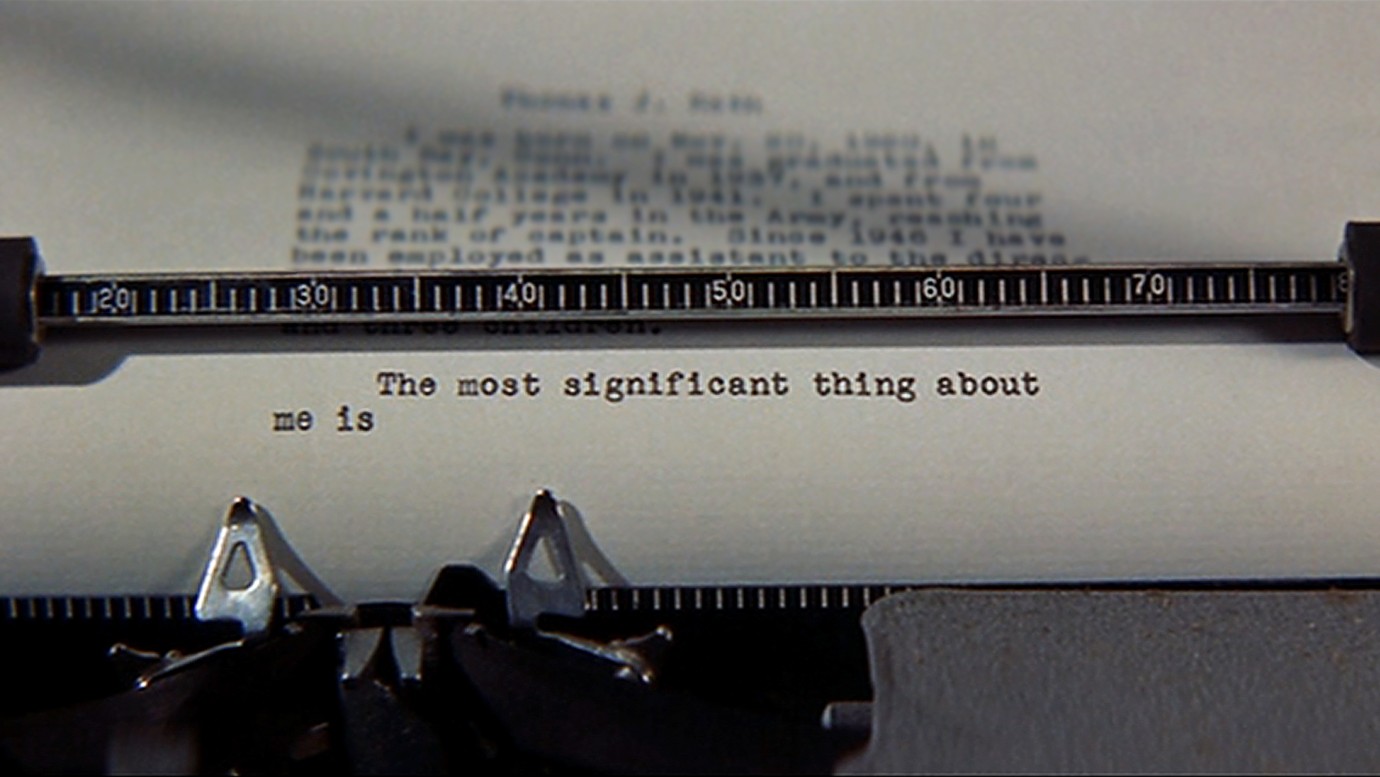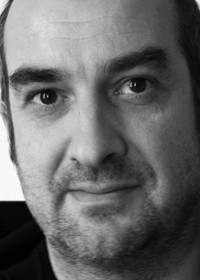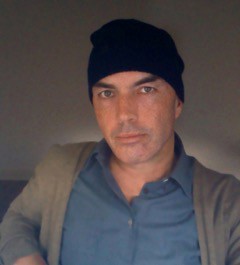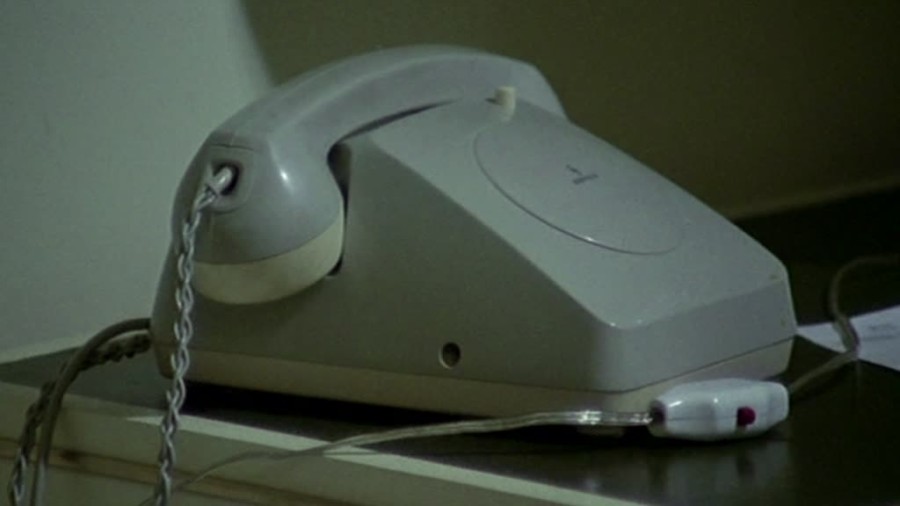
personne by Matthias Müller, Christoph Girardet
DEU 2016, Berlinale Shorts

Christoph Girardet
personne by Matthias Müller, Christoph Girardet
DEU 2016, Berlinale Shorts

Matthias Müller
personne by Matthias Müller, Christoph Girardet
DEU 2016, Berlinale Shorts
A broken bottleneck lies on the ground. An analogue telephone with a blank dial plate. The hero of the film, Jean-Louis Trintignant, in younger years – in older years. A man huddled on an elevator floor. Skewered butterflies. He is all alone in the world. The external is sealed off. The internal barricaded. He shifts between times. His focus is always trained on the other. Is he wanted, condemned, persecuted? The man whom we observe from the rear, is only able to see his back in the mirror. His face cannot be recognised. All the actions and movements, all the seeking and striving, all the alterations and associations revolve around the view and excerpt from “La reproduction interdite”, painted by Belgian surrealist René Magritte in 1937. The mirror axis of the film, and yet, and simply for that reason, one becomes the other. The other becomes many.
“personne – that is somebody and nobody and anyone. That is us in the course of time. Persistently, in vain. The self is the need for permanent self-assertion,” write Christoph Girardet and Matthias Müller.
“personne – that is somebody and nobody and anyone. That is us in the course of time. Persistently, in vain. The self is the need for permanent self-assertion,” write Christoph Girardet and Matthias Müller.
World Sales
Girardet & Müller
